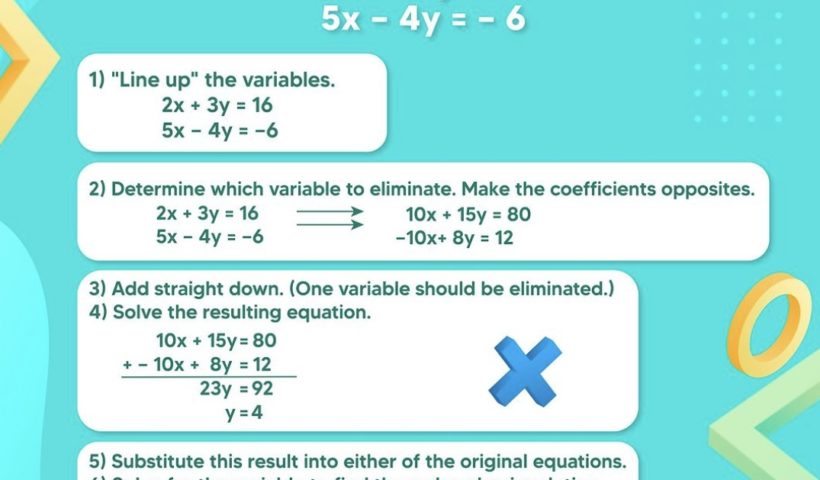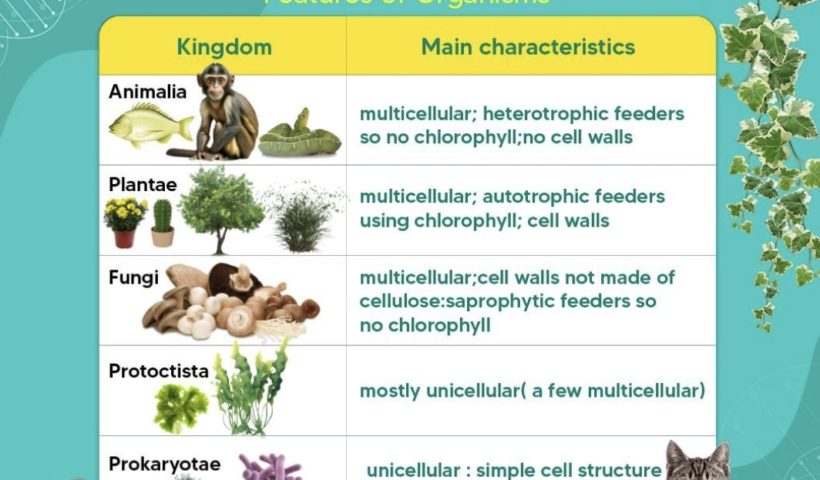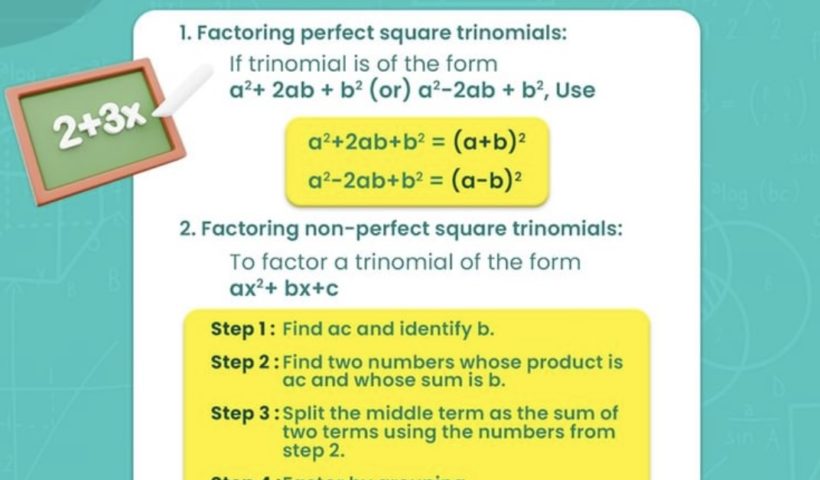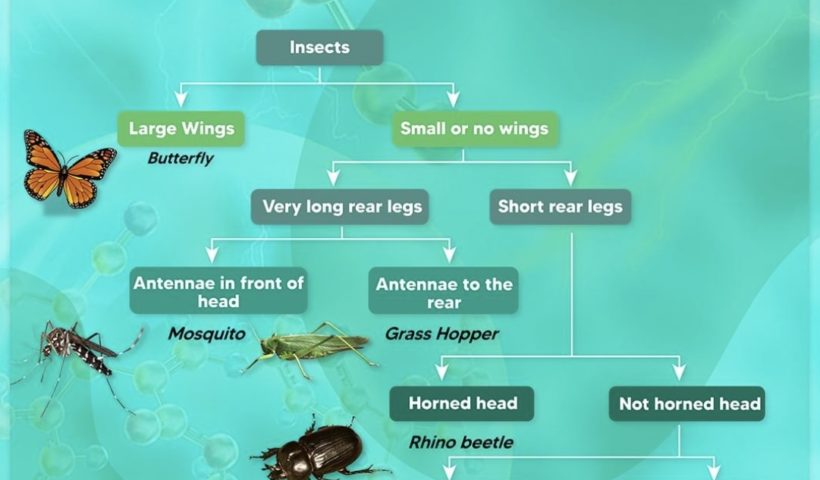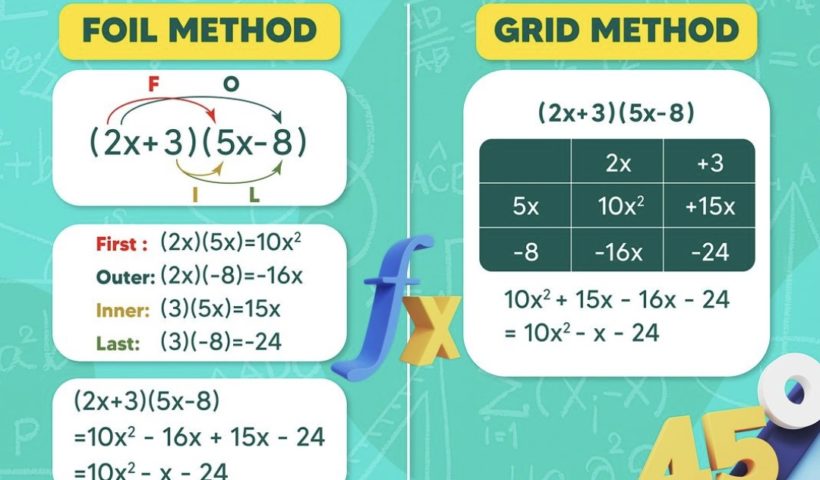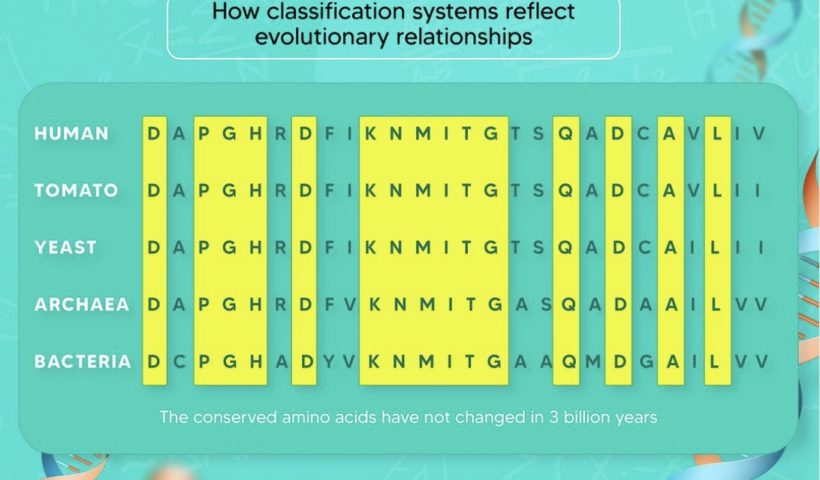[Please watch the video attached at the end of this blog for a visual explanation of this topic] What are “Simultaneous Equations”? Two or more…
View More Mastering Simultaneous Equations | Cambridge IGCSE MathematicsTag: #cambridgeigcse
Features of Organisms : The Five Kingdoms | Cambridge IGCSE Biology
[Please watch the video attached at the end of this blog for a visual explanation of this topic] We learnt previously that according to the…
View More Features of Organisms : The Five Kingdoms | Cambridge IGCSE BiologyMaster Factorising Trinomials | Cambridge IGCSE Mathematics
[Please watch the video attached at the end of this blog for a visual explanation of this topic] This article will guide you through the…
View More Master Factorising Trinomials | Cambridge IGCSE MathematicsDichotomous Keys | Cambridge IGCSE Biology
[Please watch the video attached at the end of this blog for a visual explanation of this topic] In this article we will be addressing…
View More Dichotomous Keys | Cambridge IGCSE BiologySimplifying Algebraic Expressions Like a Pro! | Cambridge IGCSE Mathematics
[Please watch the video attached at the end of this blog for a visual explanation of this topic] This article is focused on the subtopic…
View More Simplifying Algebraic Expressions Like a Pro! | Cambridge IGCSE MathematicsThe Surprising Science of Classification and Evolutionary Relationships | Cambridge IGCSE Biology
[Please watch the video attached at the end of this blog for a visual explanation of this topic] In the previous article on the same…
View More The Surprising Science of Classification and Evolutionary Relationships | Cambridge IGCSE Biology
